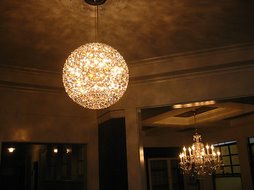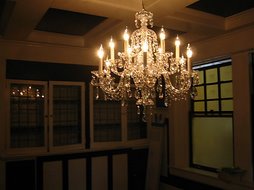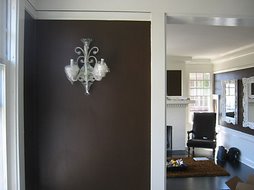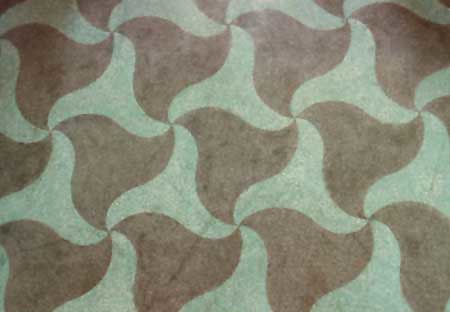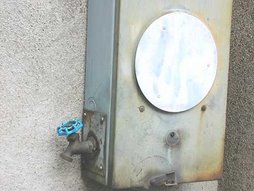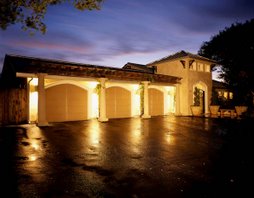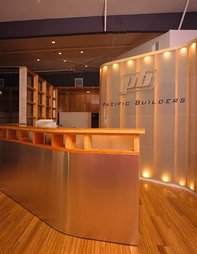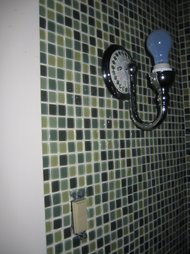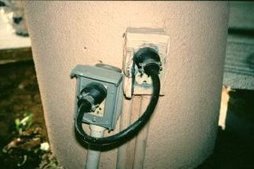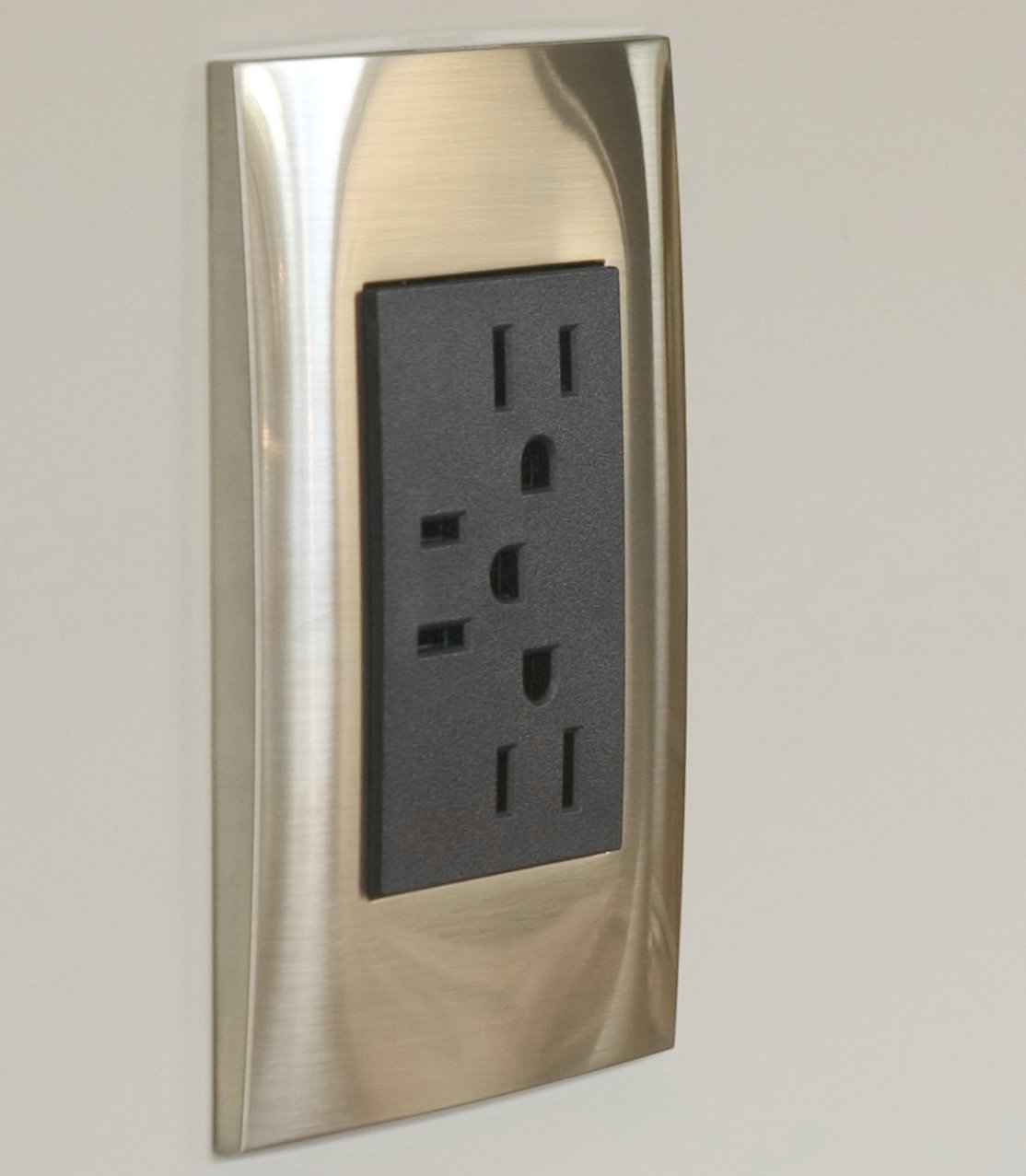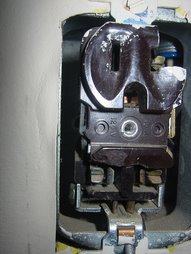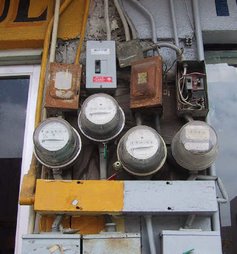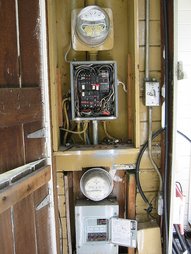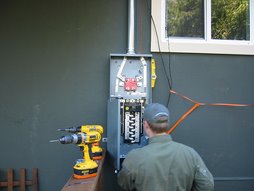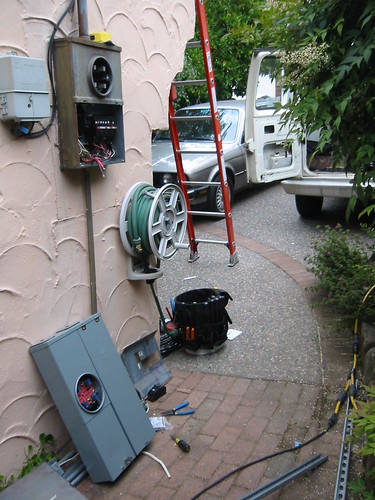How OK is it to swap out a 2 prong outlet with a 3 prong?
the main idea of course, is that two prong outlets suggest an obsolete electrical system https://wr1.live/obsolete-2prong-outlet_system
But for the first line of action:
You can either replace the old, ungrounded 2wire, with a new "old style" two wire outlet, or better, replace it with a GFI protected outlet. You used to be able to connect the ground to the cold water pipe, but that is no longer allowed since the 1993 iteration of the NEC. The best answer is to replace the circuit breaker with a combination AFCI/ GFCI type breaker
A. Where no equipment bonding means exists in the outlet box, nongrounding-type receptacles can be replaced with [406.3(D)(3)]:
- Another nongrounding-type receptacle.
- A GFCI grounding-type receptacle marked "No Equipment Ground."
- A grounding-type receptacle, if GFCI protected and marked "GFCI Protected" and "No Equipment Ground."

CAUTION: The permission to replace nongrounding-type receptacles with GFCI-protected grounding-type receptacles doesn't apply to new receptacle outlets that extend from an existing ungrounded outlet box. Once you add a receptacle outlet (branch-circuit extension), the receptacle must be of the grounding (bonding) type and it must have its grounding terminal grounded (bonded) to an effective ground-fault current path in accordance with 250.130(C).

"Can you just run a bare wire from the old outlet to a cold water pipe to ground the new outlet instead?
a new ground wire to the old knob and tube means basically three new wires to the old wall opening
If you need dedicated solid power that requires running a new pipe to the main
that is a new hard pipe circuit.
There are only so many outlets you can run from the one breaker.
Even an elevator always has "room for one more" up to a point!
https://wr1.live/convert-fusebox

Under the 1990 NEC {250-50(b)Exception} and in earlier code cycles a bonding jumper was permitted to be run from the grounding terminal of the receptacle to any water pipe that was bonded in accordance with 250-80(a)
We are not allowed to do that anymore because the practice of replacing copper water pipes with plastic pipe. If you have been using the copper pipe as a grounding path and it is interupted with plastic, the entire length of water pipe is prone to being energized.
See also : http://www.zerosurge.com/older-homes-and-buildings/
the main idea however, is that two prong outlets suggest an obsolete electrical system








